5 forgotten fruits of India, their benefits, and how to eat them
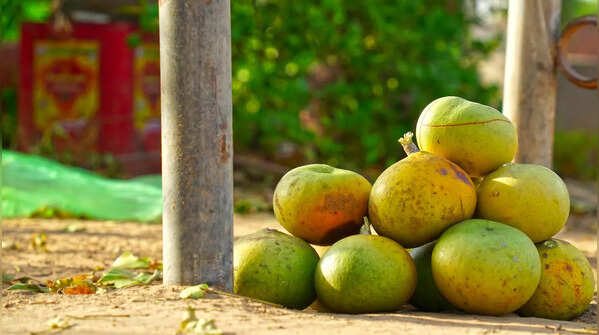
/6
Fruits like apples, bananas, and mangoes are often talked about for their taste and nutrition. But did you know there are many other fruits that are lost in time but have been a part of human existence and also played a key role in Ayurveda in the past? These fruits are forgotten but are no less than superfoods loaded with benefits and culinary uses. In some parts of India, they are still celebrated in curries, pickles, and chutneys. Sounds interesting? Let us read more about these rare fruits and how to eat them.
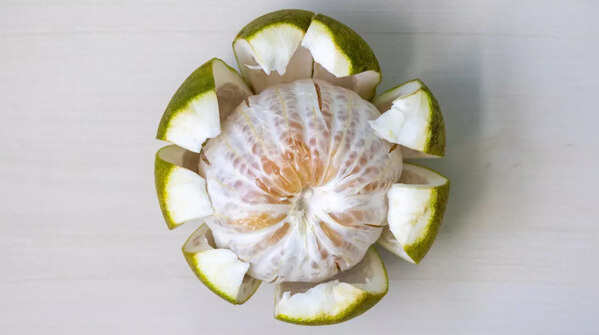
/6
It is one of the largest citrus fruits, which resembles a giant grapefruit but is sweeter, less acidic, and packed with nutrients. It is rich in vitamin C, aids digestion, and also contains potassium and antioxidants that help regulate blood pressure. It is low in calories and hydrating.
How to eat: Simply peel the ring, remove the membrane and consume it with a topping of black salt. It can be blended into juice with honey and ginger for a vitamin-packed drink. It also makes for a great pairing in salads along with cucumber, mint and peanuts.
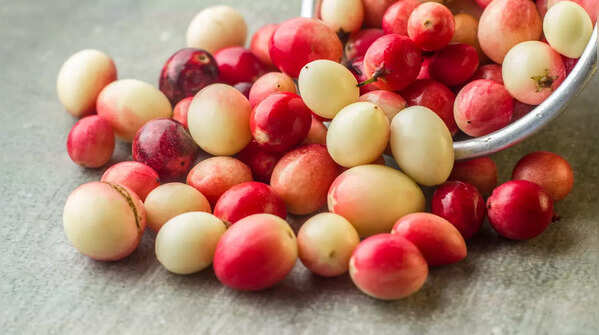
/6
Karonda is a small, sour fruit and is known for its sharp tang and medicinal properties. It is rich in iron and vitamin C, which helps boost hemoglobin and improve immunity. As per experts, traditionally it was used in Ayurvedic medicines for diabetes. It is also loaded with anti-inflammatory and antioxidant properties.
How to eat: Eat fresh with black salt or red chili powder. It is also used to make pickles along with mustard seeds and oil. One can also cook it and make sweet-spicy chutney using jaggery, oil, ginger, and spices. When fully ripe, it can be cooked into a sweet jam or jelly.
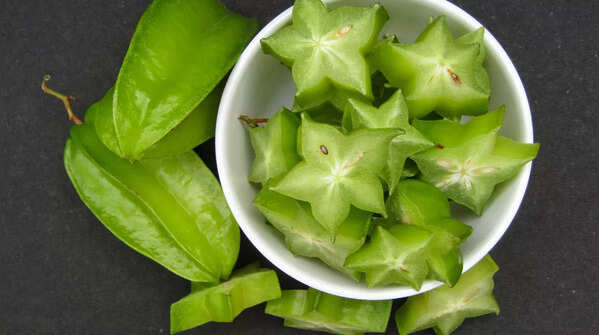
/6
It is a tropical fruit with a distinct five-point star shape when sliced and it comes in both sweet and sour varieties. It is low in calories and rich in vitamin C, which boosts immunity. And the rich dietary fiber helps prevent constipation. It also contains polyphenols that fight oxidative stress.
How to eat: Simply wash a slice, and enjoy it with a sprinkle of black salt. It can be used to make a tangy chutney along with green chilies, garlic, and jaggery. It is also used in salads to add that extra sweet-sour bite.
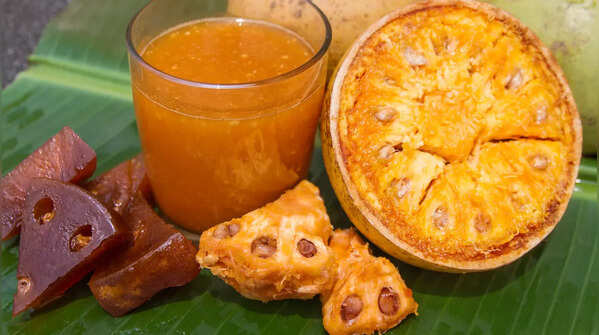
/6
It is a hard-shelled tropical fruit native to India and is revered in Ayurveda as well. It has a sweet, aromatic, and slightly tangy pulp that’s packed with vitamin C and antioxidants. It helps prevent heatstroke and dehydration in summer and acts as a natural remedy for constipation, gas, and IBS.
How to eat: It is best consumed in the form of juice/sharbat. Simply, break open the shell, scoop the pulp, mash with water, strain, and mix with jaggery, black salt, and a pinch of cardamom. It can be used to make chutney as well.
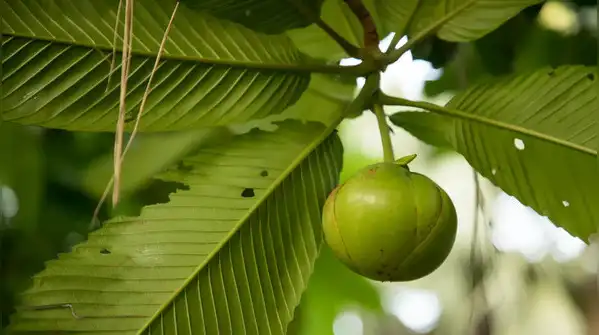
/6
It is a large, round fruit and the pulp is tart and fibrous. It is rich in vitamin C, which boosts immunity, fights infections, and supports healthy skin. The high fiber content aids gut health and prevents constipation. It also contains antioxidants that protect against oxidative stress.
How to eat: It is mostly consumed as a chutney, cooked with jaggery, ginger, and spices. In some regions people also make pickles with mustard seeds and oil. And when it is fully ripe, it can be blended into a sour cooling drink with sugar and mint.
All Images Courtesy: istock
Follow Us On Social Media
You may also like...
Diddy's Legal Troubles & Racketeering Trial

Music mogul Sean 'Diddy' Combs was acquitted of sex trafficking and racketeering charges but convicted on transportation...
Thomas Partey Faces Rape & Sexual Assault Charges

Former Arsenal midfielder Thomas Partey has been formally charged with multiple counts of rape and sexual assault by UK ...
Nigeria Universities Changes Admission Policies

JAMB has clarified its admission policies, rectifying a student's status, reiterating the necessity of its Central Admis...
Ghana's Economic Reforms & Gold Sector Initiatives

Ghana is undertaking a comprehensive economic overhaul with President John Dramani Mahama's 24-Hour Economy and Accelera...
WAFCON 2024 African Women's Football Tournament

The 2024 Women's Africa Cup of Nations opened with thrilling matches, seeing Nigeria's Super Falcons secure a dominant 3...
Emergence & Dynamics of Nigeria's ADC Coalition

A new opposition coalition, led by the African Democratic Congress (ADC), is emerging to challenge President Bola Ahmed ...
Demise of Olubadan of Ibadanland
Oba Owolabi Olakulehin, the 43rd Olubadan of Ibadanland, has died at 90, concluding a life of distinguished service in t...
Death of Nigerian Goalkeeping Legend Peter Rufai

Nigerian football mourns the death of legendary Super Eagles goalkeeper Peter Rufai, who passed away at 61. Known as 'Do...



